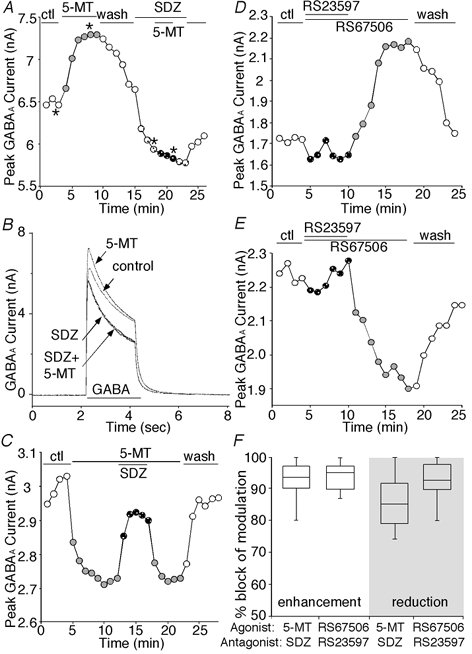Figure 2. Selective 5-HT4 receptor antagonists blocked the dual effect of 5-HT4 agonists on GABAA currents.

A, plot of peak GABAA current as a function of time and ligand application. 5-MT (20 μm) reversibly enhanced GABAA currents in the PFC pyramidal neuron, and this effect was eliminated in the presence of the 5-HT4 antagonist SDZ205557 (20 μm). B, representative current traces taken from the records used to construct A (at time points denoted by *). C, plot of peak GABAA current as a function of time and ligand application. 5-MT (20 μm) reduced GABAA currents in the PFC pyramidal neuron, and co-application of SDZ205557 (20 μm) abolished this effect. Washing off the antagonist led to recovery of the 5-MT inhibition. D and E, plot of peak GABAA current as a function of time and ligand application. In the presence of the 5-HT4 antagonist RS23597-190, the 5-HT4 agonist RS67506 had little effect, and washing off the antagonist led to emergence of RS67506-induced enhancement (D) or reduction (E) of GABAA currents. F, box plots showing the percentage block of agonist (5-MT, 20 μm or RS67506, 20 μm) effect on GABAA currents by 5-HT4 antagonist (SDZ205557, 20 μm or RS23597-190, 20 μm). Note that SDZ205557 significantly blocked 5-MT-induced enhancement (n = 5) or reduction (n = 9) of GABAA currents, whereas RS23597-190 significantly blocked RS67506-induced enhancement (n = 6) or reduction (n = 5) of GABAA currents.
